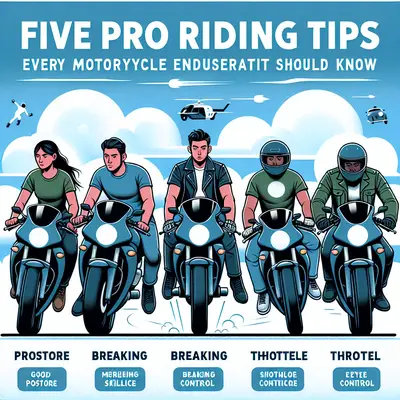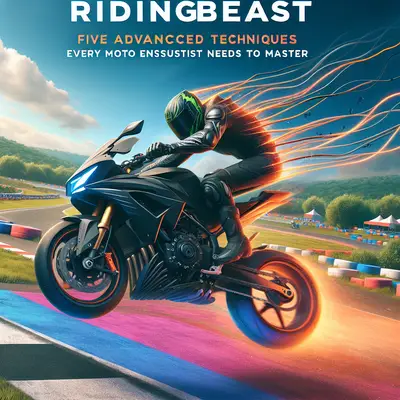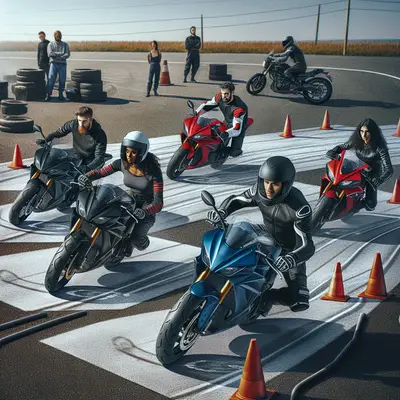Motorcycling is a thrilling journey, offering unrivalled freedom and an adrenaline rush like no other. But with the excitement, comes a share of risks. Here at Moto Ready, we believe in the mantra 'Ride Smart, Live Long'. In line with this, here are five essential safety techniques that every biker should master. These aren't your run-of-the-mill tips; they're geared towards enhancing your safety on the road while keeping the thrill intact.
Defensive Riding
Adopting a defensive riding style is an absolute must. Always be aware of your surroundings and expect the unexpected. Anticipate potential hazards, from erratic drivers to road debris. Remember, while you see them, they might not see you. Defensive riding means staying alert and ready to react at all times.
Proper Positioning
Just as a tennis player positions themselves to strike the ball, bikers need to position themselves for optimal control and safety. Correct body positioning enhances bike control, especially during turns and when stopping. It also helps reduce fatigue, further ensuring safety during long rides.
Emergency Braking
Knowing how to stop your motorcycle in the shortest possible distance can make the difference between a close call and a crash. Practice applying both front and rear brakes effectively. Also, familiarise yourself with your bike's ABS system if it has one.
The Art of Cornering
Mastering the art of cornering is an essential skill for every rider. It's crucial to understand the physics of cornering and how to use the throttle, brakes, and body positioning to safely navigate through a curve. Remember, smoothness is key in cornering.
Night Riding Techniques
Night riding poses its own set of challenges. Reduced visibility and increased difficulty in judging distances make it a different beast compared to daytime riding. Equip yourself with techniques to tackle these issues, such as using the lights of the vehicle in front of you to anticipate curves and keeping an eye out for the reflective eyes of animals.
Conclusion
Safety should never be compromised for the thrill of the ride. The above techniques are not exhaustive but provide a solid foundation for safer riding. Remember, the key to mastering these techniques lies in consistent practice. So go ahead, ride smart and live long!



